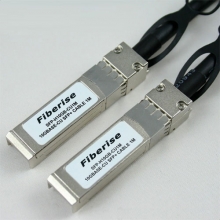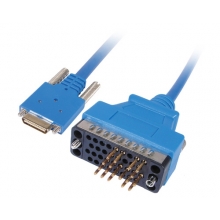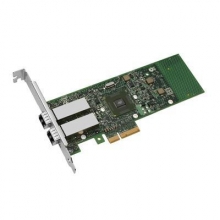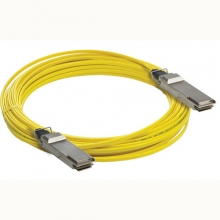- Optical Transceivers
- SFP+ Transceivers
- XENPAK Transceivers
- XFP Transceivers
- X2 Transceivers
- SFP Transceivers
- Compatible SFP
- 3Com SFP
- Alcatel-Lucent SFP
- Allied Telesis SFP
- Avaya SFP
- Brocade SFP
- Cisco SFP
- D-Link SFP
- Dell SFP
- Enterasys SFP
- Extreme SFP
- Force10 SFP
- Foundry SFP
- H3C SFP
- HP SFP
- Huawei SFP
- Intel SFP
- Juniper SFP
- Linksys SFP
- Marconi SFP
- McAfee SFP
- Netgear SFP
- Nortel SFP
- Planet SFP
- Q-logic SFP
- Redback SFP
- SMC SFP
- SUN SFP
- TRENDnet SFP
- ZYXEL SFP
- Other SFP
- FE SFP
- GE SFP
- OC3 SFP
- OC12 SFP
- OC48 SFP
- Copper SFP
- CWDM SFP
- DWDM SFP
- BIDI SFP
- Fiber Channel SFP
- Multi-Rate SFP
- SGMII SFP
- Compatible SFP
- GBIC Transceivers
- Passive Components
- Networking
- Cables
- Equipments
- Tools
- Special Offers


Fiber Optic Wiki
What is optical cavity?
June 12, 2012An optical cavity or optical resonator is an arrangement of mirrors that forms a standing wave cavity resonator for light waves. Optical cavities are a major component of lasers, surrounding the gain medium and providing feedback of the laser light. They are also used in optical parametric oscillators and some interferometers. Light confined in the cavity reflect multiple times producing standing waves for certain resonance frequencies. The standing wave patterns produced are called modes; longitudinal modes differ only in frequency while transverse modes differ for different frequencies and have different intensity patterns across the cross section of the beam.
Resonator modes
June 12, 2012Light confined in a resonator will reflect multiple times from the mirrors, and due to the effects of interference, only certain patterns and frequencies of radiation will be sustained by the resonator, with the others being suppressed by destructive interference. In general, radiation patterns which are reproduced on every round-trip of the light through the resonator are the most stable, and these are the eigenmodes, known as the modes, of the resonator.
What is polarization-maintaining optical fiber?
June 11, 2012In fiber optics, polarization-maintaining optical fiber (PMF or PM fiber) is optical fiber in which the polarization of linearly polarized light waves launched into the fiber is maintained during propagation, with little or no cross-coupling of optical power between the polarization modes. Such fiber is used in special applications where preserving polarization is essential.
What is core network?
June 11, 2012A core network, or network core, is the central part of a telecommunication network that provides various services to customers who are connected by the access network. One of the main functions is to route telephone calls across the PSTN.
What is telecommunications network?
June 11, 2012A telecommunications network is a collection of terminals, links and nodes which connect to enable telecommunication between users of the terminals. Networks may use circuit switching or message switching. Each terminal in the network must have a unique address so messages or connections can be routed to the correct recipients. The collection of addresses in the network is called the address space.
Components of telecommunications network
June 11, 2012All telecommunication networks are made up of five basic components that are present in each network environment regardless of type or use. These basic components include terminals, telecommunications processors, telecommunications channels, computers, and telecommunications control software.



















































